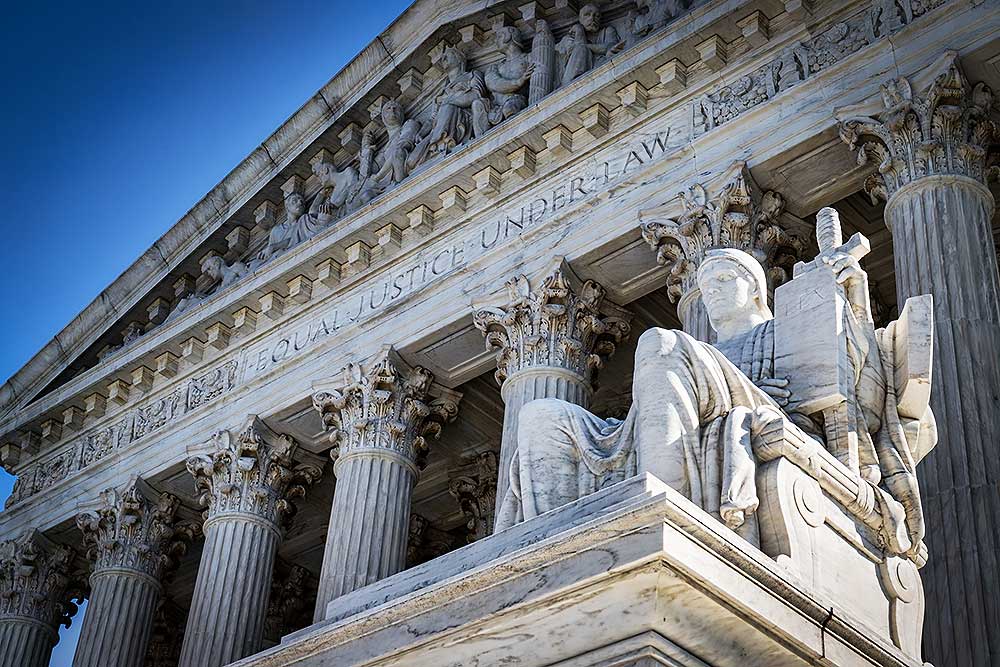Supreme Court Affirms Biden Administration’s Ghost Gun Rule
The United States Supreme Court recently upheld the Biden administration’s regulations concerning “ghost guns,” with a decisive 7-2 verdict. This ruling came as a result of the case referenced as Vanderstok v. Garland, which scrutinized a regulation from the Bureau of Alcohol, Tobacco, Firearms, and Explosives (ATF). This rule mandates that unfinished firearm frames now qualify as firearms themselves, necessitating serialization and background checks before sale.
Background of the Case
The legal challenge stemmed from an executive order issued by President Biden, directing the ATF to implement measures banning the sale of certain privately manufactured firearms. The Firearms Policy Coalition (FPC) contested the rule, arguing it overstepped the authority granted to the ATF and infringed upon the Administrative Procedures Act (APA).
Initially, regulations encompassed only complete kits that included jigs; the ATF later revised its stance on December 27, 2022, to classify all unfinished frames unequivocally as firearms under the Gun Control Act of 1968 (GCA). A District Court Judge in Texas initially ruled in favor of the plaintiffs, which was later upheld by the Fifth Circuit Court of Appeals. The government sought a special stay from the Supreme Court, which the court granted before deciding to hear the case.
Key Arguments
The heart of the government’s argument focused on whether firearm kits, such as those previously offered by Polymer80, could be swiftly transformed into functional firearms. The ATF maintained that these kits could be assembled into operative firearms in under 21 minutes. During oral arguments, Justice Samuel Alito likened the kit assembly to buying groceries for a salad, whereas Justice Amy Coney Barrett characterized it more as a “Hello Fresh” meal kit with pre-packaged components and instructions.
Supreme Court’s Opinion
In the ruling authored by Chief Justice John Roberts, the court recognized the necessity of the ATF’s updated rules in light of evolving technology. The majority opinion emphasized how advancements in materials and manufacturing processes, such as enhanced polymers and 3D printing, have fundamentally changed the landscape of firearm production.
Chief Justice Roberts noted, “Recent years, however, have witnessed profound changes in how guns are made and sold…”
The court dismissed the plaintiffs’ objections regarding the ATF’s consideration of jigs, tools, and guidelines when evaluating whether an incomplete frame should be classified as a firearm under the GCA. As Chief Justice Roberts reiterated, the crucial aspect of the case was the classification of certain unfinished frames as firearms.
Roberts further stated, “This case requires us to answer only whether subsection (B) reaches some incomplete frames or receivers…”
Implications of the Ruling
This ruling signifies a significant shift in firearms legislation, making the sales of most unfinished firearm frames without serial numbers illegal. The dissenting opinions came from Justices Clarence Thomas and Samuel Alito, underscoring the continued debate surrounding firearm regulations in the United States.

